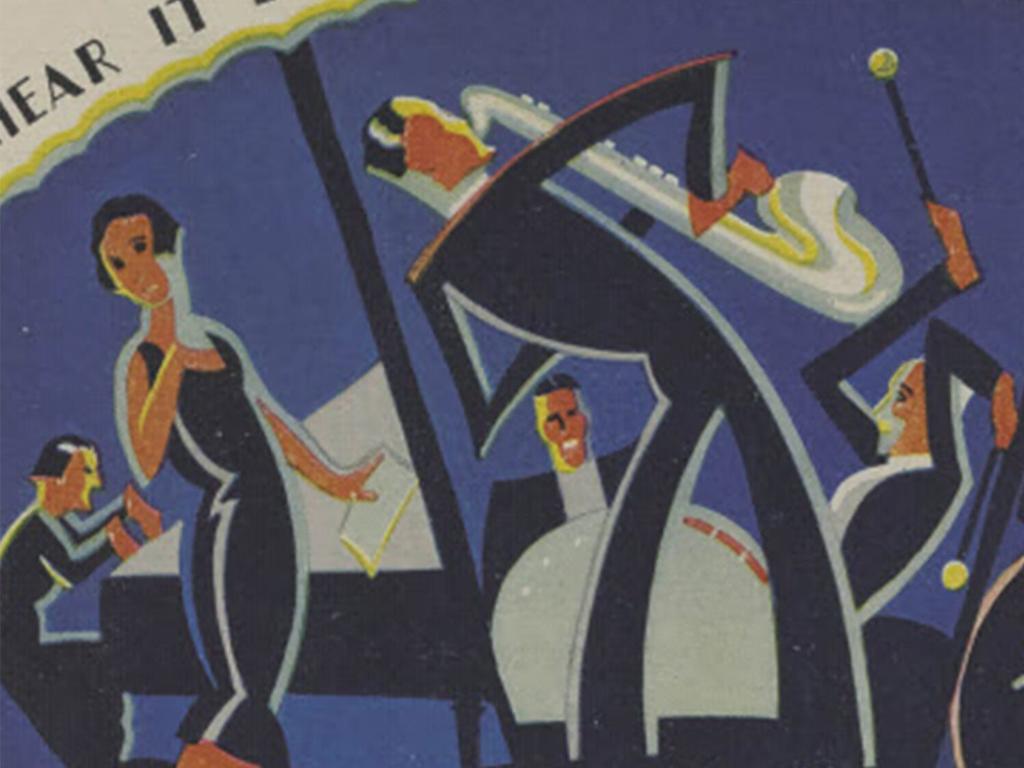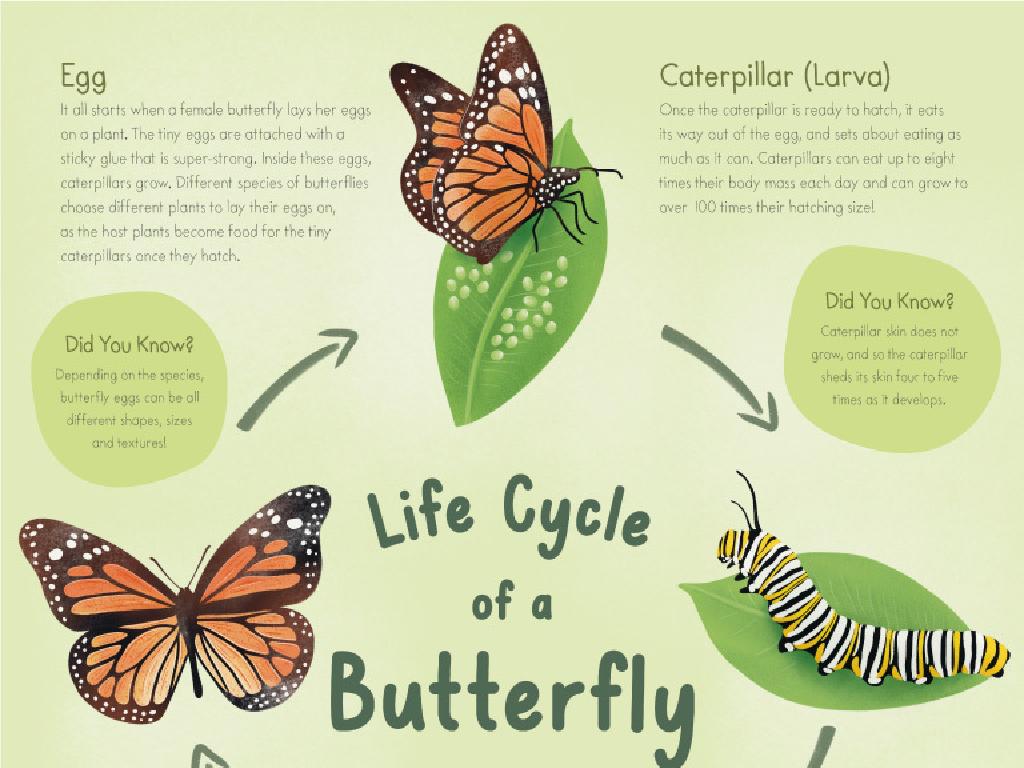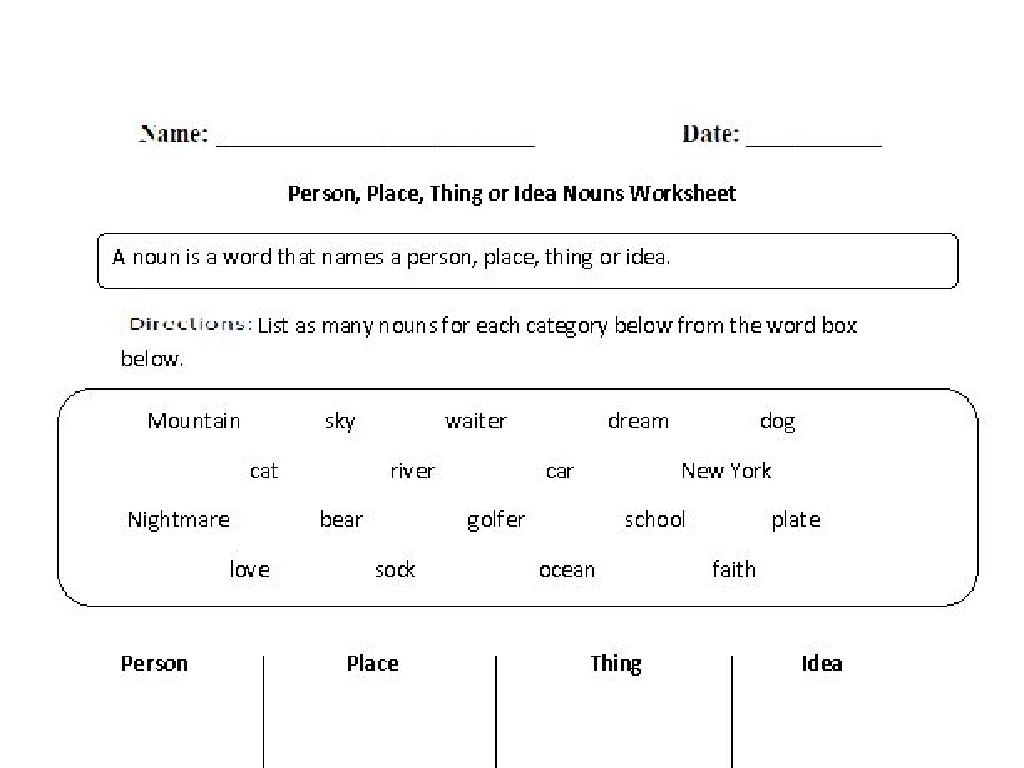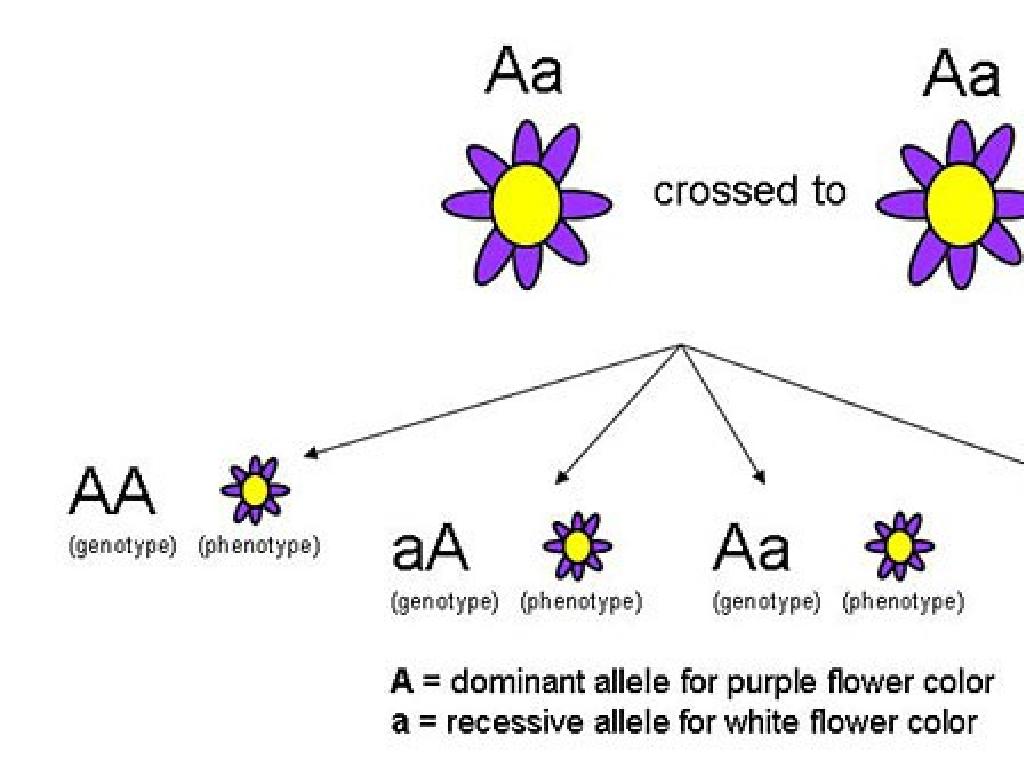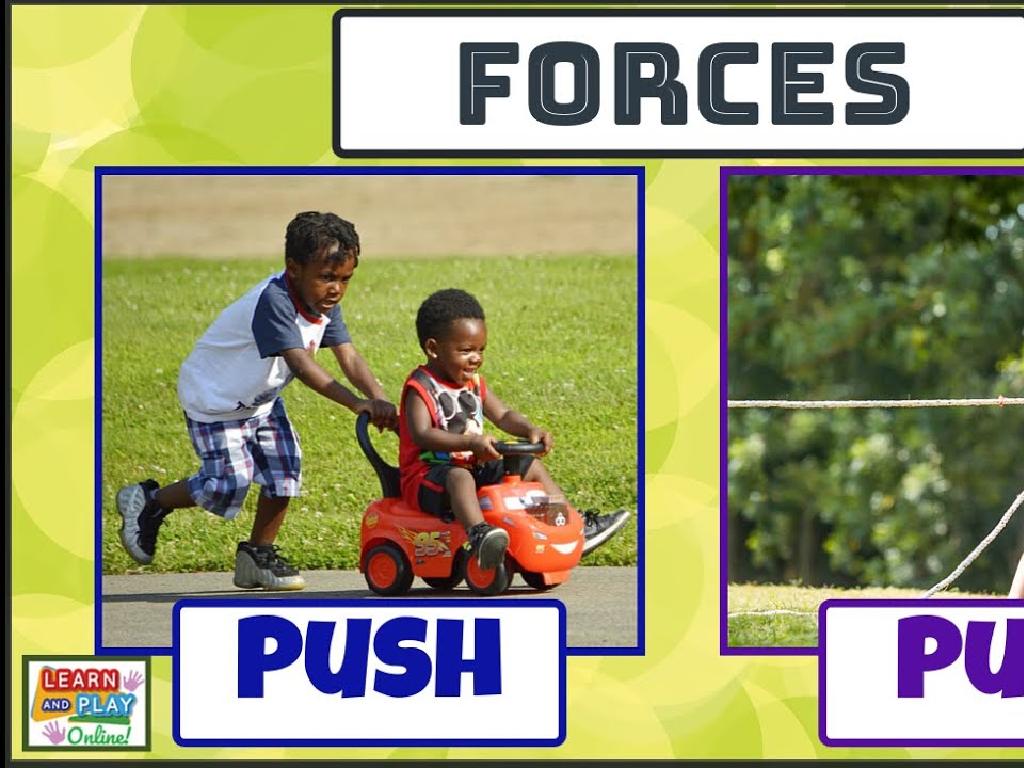Understanding Percents: Strip Models
Subject: Math
Grade: Sixth grade
Topic: Percents
Please LOG IN to download the presentation. Access is available to registered users only.
View More Content
Welcome to Percents!
– Percents represent parts of a whole
– Daily life applications of percents
– Examples: sales tax, discounts, and statistics
– Percents, fractions, and decimals
– 50% is 1/2 or 0.5; understanding these connections is crucial
– Visualizing percents with strip models
– Strip models show percents as parts of a bar, aiding comprehension
|
This slide introduces students to the concept of percents and their relevance in everyday life. Percents are a way to express fractions and decimals in a form that is often easier to understand and visualize, especially when dealing with proportions and comparisons. Common examples include calculating discounts during shopping, understanding interest rates, and interpreting data in statistics. It’s important to help students see the relationship between percents, fractions, and decimals, as this understanding is foundational for many mathematical concepts they will encounter. Using strip models can provide a visual representation of percents, making the concept more tangible. Encourage students to think of percents as another tool for representing numbers, just like fractions and decimals.
Understanding Percents: Strip Models
– ‘Percent’ means ‘per hundred’
– Visualizing percents on a 100 grid
– 1% shaded on grid shows 1 out of 100, 50% shows 50 out of 100
– Percents represent parts of a whole
– Like a fraction, percents show a portion of a total amount
– Examples: 1%, 50%, and 100%
– 1% is a tiny part, 50% is half, and 100% means the entire thing
|
Introduce the concept of percent by explaining the term originates from ‘per centum,’ which is Latin for ‘per hundred.’ Use a 100 grid to visually demonstrate what 1%, 50%, and 100% look like, emphasizing that percents are another way to represent fractions and portions of a whole. For instance, 1% is just one square of the 100 grid shaded, showing a small part of the whole, while 50% is half of the grid shaded, and 100% means the entire grid is shaded. This visual representation helps students grasp the concept of percents as parts of a whole, which is foundational for understanding more complex percent problems.
Understanding Percents with Strip Models
– Introduction to strip models
– A strip model uses a bar divided into equal parts to show percents.
– Visualizing percents using strips
– Each part of the strip represents a percentage of the whole.
– Example: Representing 25% with a model
– If a strip is divided into 4 equal parts, 1 part shaded represents 25%.
– More examples: 50% and 75%
– Dividing the strip into 2 or 4 parts, we can shade half for 50% or 3 parts for 75%.
|
Begin by explaining what a strip model is and how it can be used as a visual tool to understand percents. Emphasize that the whole strip represents 100%, and each part is a fraction of that whole. Use concrete examples, such as coloring parts of a strip, to show 25%, 50%, and 75%. This visual representation helps students grasp the concept of percents as parts of a hundred. Encourage students to draw their own strip models for various percents to reinforce the concept.
Converting Fractions to Percents Using Strip Models
– Relationship between fractions and percents
– Percents are fractions out of 100
– Convert fractions to percents with models
– Visualize fractions as parts of a strip divided into 100 units
– Example: Convert 1/2 to percent
– 1/2 is 50/100, which is 50%
– More examples: 1/4 and 3/4 to percents
– 1/4 is 25/100 (25%), and 3/4 is 75/100 (75%)
|
This slide introduces the concept of converting fractions to percents using strip models, which are visual aids that help students understand the part-to-whole relationship. Emphasize that percents are simply fractions with a denominator of 100. Show how a strip model divided into 100 equal parts can be used to easily convert common fractions like 1/2, 1/4, and 3/4 into percents by shading the corresponding number of parts. Encourage students to practice with these examples and create their own strip models for different fractions. This visual method will reinforce their understanding of percents as parts of a whole.
Converting Decimals to Percents
– Understand decimal and percent link
– Decimals and percents both represent parts of a whole
– Steps to convert decimals to percents
– Multiply the decimal by 100 and add a percent sign
– Example: Convert 0.25 to a percent
– 0.25 × 100 = 25%
– More examples: 0.5 and 0.75
– 0.5 × 100 = 50%, 0.75 × 100 = 75%
|
This slide aims to help students make the connection between decimals and percents, which are just two different ways to express proportions. Start by explaining that both decimals and percents are based on the number 100, which makes them easily convertible. Show the class the simple process of converting a decimal to a percent by multiplying by 100. Use clear examples like 0.25, which becomes 25% when you multiply by 100. This visual representation helps solidify the concept. Encourage students to practice with these examples and come up with their own to ensure they grasp the conversion process.
Calculating Percentages with Strip Models
– Understanding strip models
– Visual tools representing parts of a whole
– Calculating 20% of 50 using a model
– If a strip has 50 units, 20% is 10 units
– Practice with different percentages
– Try finding 10%, 30%, or 50% of numbers
– Solving problems using strip models
– Apply models to find percentages in exercises
|
This slide introduces the concept of using strip models to calculate percentages, which is a visual method that helps students understand parts of a whole. Start by explaining what a strip model is and how it can be divided into equal parts to represent percentages. Use the example of 20% of 50 to show how to divide a strip into 50 units and then count 20% of those units. Provide practice problems where students can apply this method to different percentages, reinforcing the concept through repetition. Encourage students to draw their own strip models and use them to solve percentage problems, fostering a hands-on understanding of the topic.
Real-Life Applications of Percents
– Calculating shopping discounts
– If a $50 shirt is 20% off, what’s the new price?
– Understanding banking interest rates
– What does a 5% interest rate mean for savings?
– Figuring out restaurant tips
– How much to tip on a $30 meal with 15% gratuity?
– Applying percents in daily life
|
This slide aims to show students how percents are used in everyday situations. Start by explaining how to calculate discounts by finding a percentage of a price, which is a common scenario during shopping. Then, discuss interest rates and how they affect savings in a bank account. Next, move on to calculating tips in restaurants, a practical skill for students to understand the concept of percents. Encourage students to think of other situations where they might use percents. Provide examples and practice problems for each scenario to reinforce learning.
Class Activity: Percent Scavenger Hunt
– Search for percents in the classroom
– Create strip models for discovered percents
– Use paper strips to represent percents visually
– Share your findings with classmates
– Reflect on the use of percents
– Discuss where and why percents are used
|
This interactive activity encourages students to explore their environment to find real-life examples of percents. They will then create strip models, which are visual representations using paper strips, to better understand the concept of percents. This hands-on approach helps solidify their learning by connecting abstract mathematical concepts to concrete examples. After the scavenger hunt, students will present their findings to the class, fostering a collaborative learning environment. As a teacher, facilitate discussions on where percents appear in everyday life and their importance. Possible variations of the activity could include finding percents in magazines, on packaging, or in recipes. Ensure that each student has the opportunity to share and explain their strip models to the class.
Conclusion: Mastering Percents with Strip Models
– Recap: Strip models for percents
– Visual tool to grasp percents concept
– Converting fractions and decimals
– Use strip models to convert 1/2 or 0.50 to 50%
– Engage in Q&A session
– Reinforce learning with examples
– Apply knowledge to real-world scenarios
|
As we wrap up, let’s revisit the concept of strip models and how they help us understand percents visually. Remember, a strip model is a rectangular representation divided into equal parts to illustrate percentages. We also reviewed how to convert fractions and decimals into percents using these models. For instance, a half, which is 1/2 or 0.50, can be easily converted to 50% using a strip model divided into two equal parts. Now, let’s open the floor for a Q&A session to address any uncertainties. Encourage students to ask questions and provide examples to ensure they can apply what they’ve learned to real-life situations. This reinforcement aids in solidifying their comprehension of percents.

